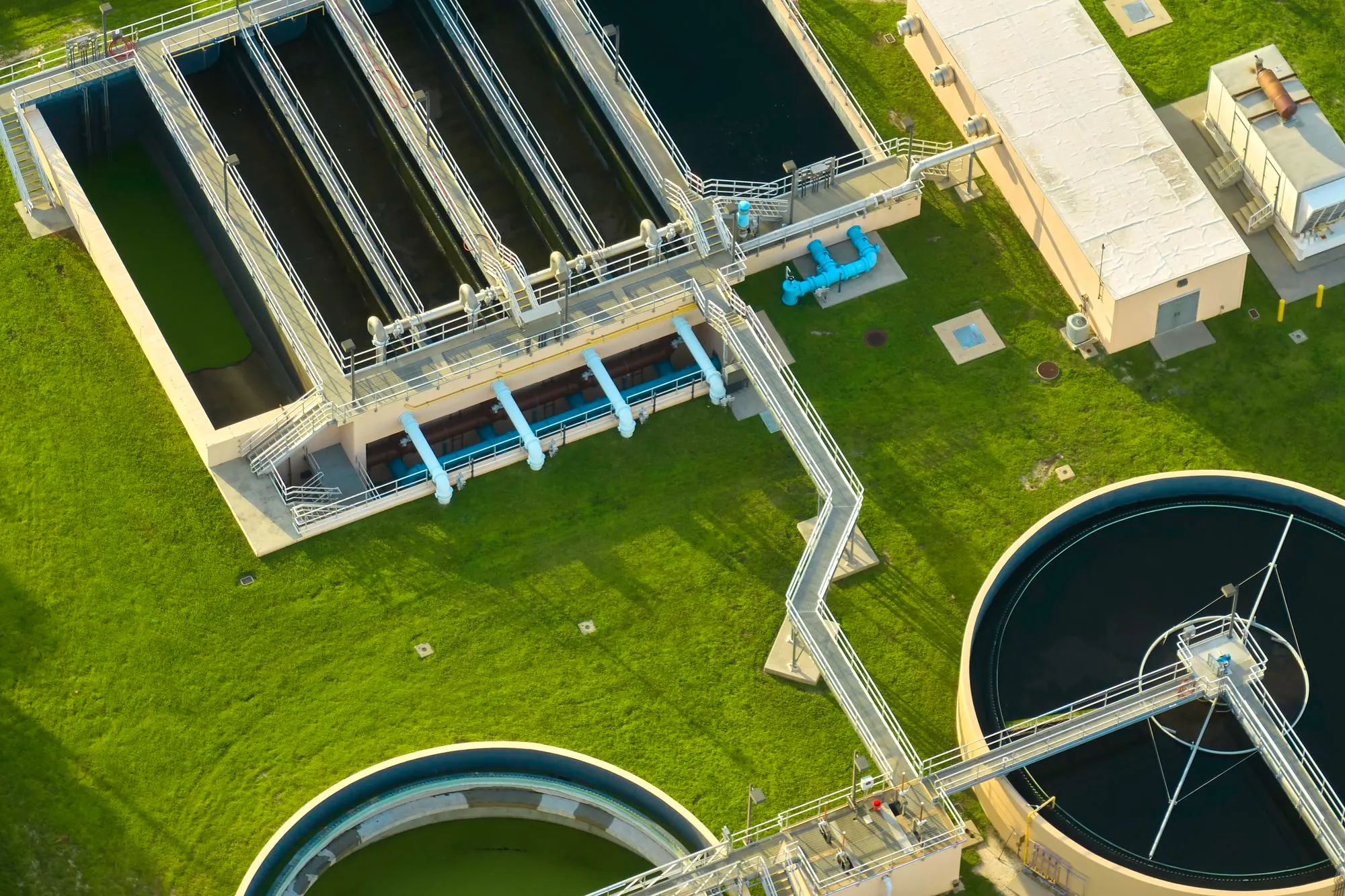In the field of sustainable energy and wastewater treatment, an innovative study published in Bioresource Technology has cast a spotlight on the enduring performance of microbial fuel cells (MFCs) in treating azo dye wastewater over an extended period. The research paper, titled “Characterization of electricity generation and microbial community structure over long-term operation of a microbial fuel cell,” provides a comprehensive analysis of a continuous-flow MFC system over 400 days and offers insights into the implications for real-world applications.
The Science of Microbial Fuel Cells
Microbial fuel cells are a captivating union of biology and technology, tapping into the ability of microorganisms to convert organic compounds directly into electrical energy. They have emerged as a potential solution to two pressing environmental concerns: the need for sustainable energy and the treatment of wastewater. By utilizing these bioelectrochemical systems, researchers aim to simultaneously generate electricity and purify water, transforming waste into a resource.
A Long-Term Study of Efficiency and Stability
Under the lead of Long Xizi and a team of researchers from the School of Energy and Environment at Southeast University and the Department of Civil and Environmental Engineering at Tohoku University, a long-term MFC study was designed to treat azo dye wastewater, which is notoriously difficult to degrade and is common in textile industry effluents. The study’s findings, documented with a Digital Object Identifier (DOI) 10.1016/j.biortech.2019.121395, suggest a significant leap forward in understanding the practicality of using MFCs in long-term applications.
Over the course of 400 days, the research team observed a decline in the power output of the MFC system from 586 to 330 mV. However, the removal efficiencies of the MFC for azo dye treatment remained stable. This indicates that while electricity generation may wane over time due to various operational factors, the MFC’s primary function in wastewater treatment can be sustained.
Insights into Microbial Community Dynamics
The longevity of MFC performance hinges on the community of microorganisms within the system. Through the analysis of microbial community structure, the study revealed a fascinating shift: an increase in relative abundance of microbes related to organic degradation, while those directly connected to electricity generation decreased. This shift may account for the observed reduction in power output, underscoring the need to explore microbial management strategies to optimize MFC performance for both energy harvesting and wastewater treatment.
Applications and Future Research
The implications of this study extend beyond the laboratory; continuous-flow MFCs could potentially be integrated into industrial wastewater treatment processes, offering a dual benefit of clean energy production and effluent purification. Long-term research, such as the present study, is crucial to solve the operational challenges and scalability issues that currently limit the widespread adoption of MFC technology. Upcoming research will likely delve into the optimization of co-substrate concentrations and investigate methods to sustain or even enhance the electricity-generating capacity over time.
References
1. Long, X., Cao, X., Song, H., Nishimura, O., & Li, X. (2019). Characterization of electricity generation and microbial community structure over long-term operation of a microbial fuel cell. Bioresource Technology, 285, 121395. https://doi.org/10.1016/j.biortech.2019.121395
2. Rozendal, R. A., Hamelers, H. V. M., Rabaey, K., Keller, J., & Buisman, C. J. N. (2008). Towards practical implementation of bioelectrochemical wastewater treatment. Trends in Biotechnology, 26(8), 450-459.
3. Logan, B. E., & Regan, J. M. (2006). Electricity-producing bacterial communities in microbial fuel cells. Trends in Microbiology, 14(12), 512-518.
4. Pant, D., Van Bogaert, G., Diels, L., & Vanbroekhoven, K. (2010). A review of the substrates used in microbial fuel cells (MFCs) for sustainable energy production. Bioresource Technology, 101(6), 1533-1543.
5. Torres, C. I., Krajmalnik-Brown, R., & Parameswaran, P. (2009). Bioelectrochemical systems for energy recovery from wastewater. The Environmental Science & Technology, 43(22), 8157-8164.
Keywords
1. Microbial Fuel Cells
2. Azo Dye Wastewater Treatment
3. Sustainable Energy Generation
4. Long-term MFC Operation
5. Bioelectrochemical Wastewater Treatment
By weaving these keywords into online content, visibility is enhanced on search engines for an audience interested in sustainable technology, environmental protection, and innovations in renewable energy and wastewater treatment. This study’s promising results confirm the potential of microbial fuel cells as a technology worth investigating further, where long-term operation and microbial management could pave the way towards cleaner water and greener power.
